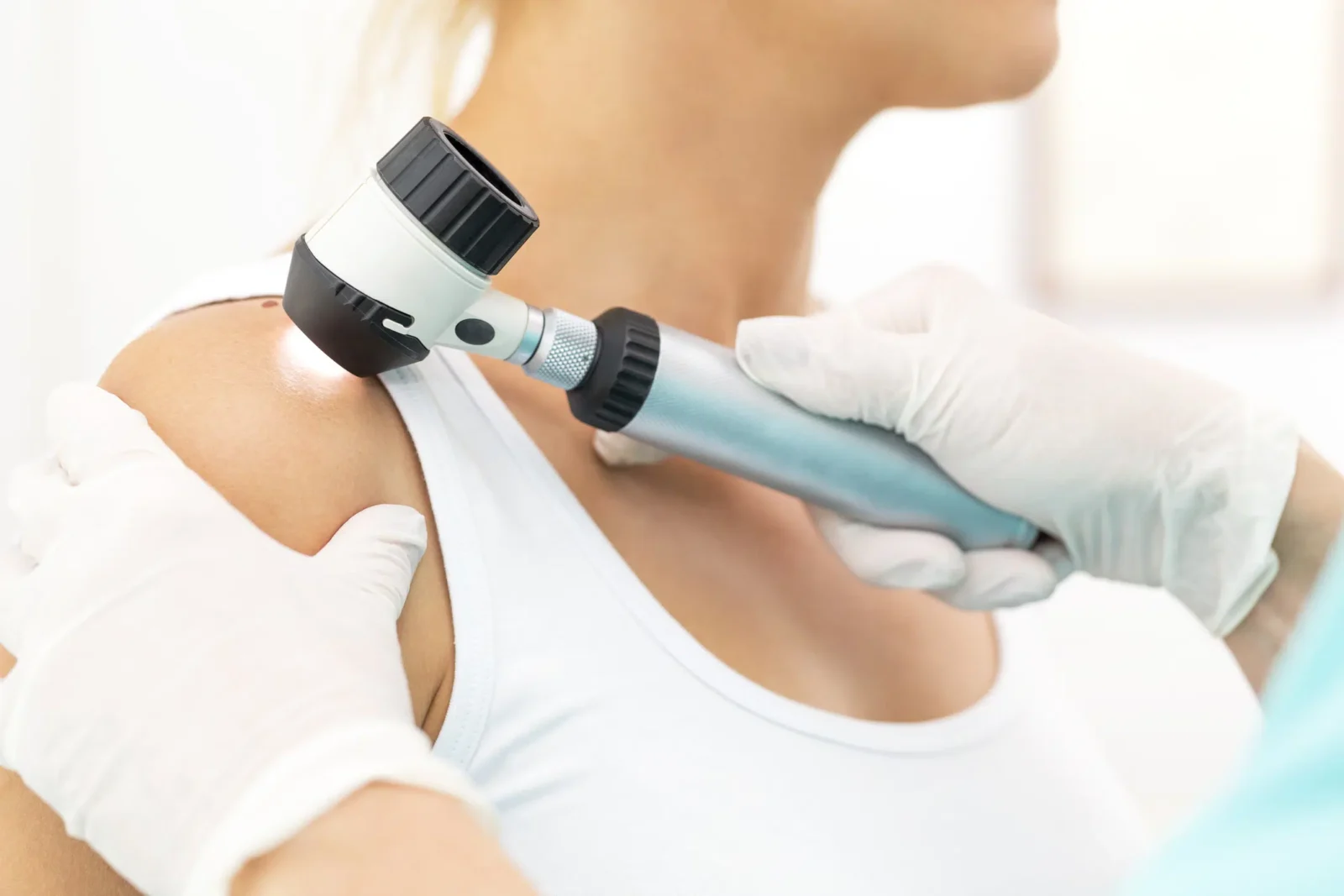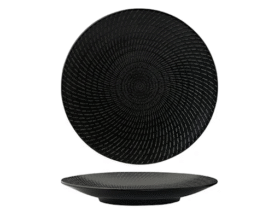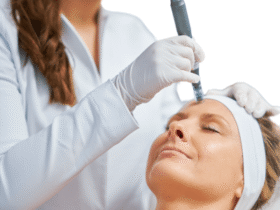Skin cancer is a widespread form of the disease, but early detection plays a key role in addressing its challenges. Skin cancer screenings allow healthcare professionals to identify abnormal growths or changes in the skin, which may indicate potential concerns. Understanding the steps involved in detection and prevention helps individuals make informed decisions about their health. Here is the role of screenings:
Getting a Skin Biopsy
Skin cancer screenings typically begin with a visual examination, but a diagnosis always requires a biopsy. This process involves removing a small sample of skin to examine it for cancerous cells. This is typically performed when a mole, lesion, or other skin change appears suspicious during a dermatological exam. A biopsy marks a key step in identifying whether further action is necessary.
Detecting Skin Cancer
Detecting skin cancer involves more than just a visual inspection. Dermatologists look for changes in the size, color, shape, or texture of moles and other skin anomalies. Characteristics that might indicate a problem include irregular borders, multiple colors in a single growth, and an increase in size or height.
Typical types of skin cancer include basal cell carcinoma and squamous cell carcinoma, which occur on the middle and outer layers of the skin. Skin cancer screenings can be done once per year. To aid in detection, self-examinations between medical appointments are helpful. A mirror can help view hard-to-see areas, such as the back or scalp. Self-checks involve observing any new spots or changes to existing ones, as these could require a professional’s attention.
Preventing Problems from Worsening
Prevention doesn’t stop with identifying skin cancer; it also involves taking active measures to stop issues from escalating. Early-stage cases of skin cancer found early are less likely to lead to complications. Removing localized growths may lead to a lower possibility of requiring extensive treatment compared to addressing cancers that have spread to other tissues.
Keeping up with routine skin exams helps monitor any changes over time. Dermatologists regularly check moles, spots, or bumps to make sure they are harmless. These rechecks are especially important for people with a history of skin cancer or risk factors like fair skin, family history, or long sun exposure.
Daily skin protection measures are helpful. Wearing covered clothing and applying sunscreen can reduce ultraviolet radiation, a typical cause of skin cancer. Avoiding direct sunlight during peak hours, such as midday, also lowers risk. Together with regular medical checkups, these steps support long-term skin health.
Get Skin Cancer Screenings
Proactively addressing changes in your skin involves taking the time to schedule screenings or follow-ups as needed. Skin cancer screenings allow a healthcare provider to conduct a thorough examination, helping identify anything that may need further evaluation. Regular screenings serve those with existing risk factors, and they are also beneficial for anyone observing new changes in their skin. Contact a dermatologist’s office or health clinic to learn more about scheduling an appointment. Acting today may help address issues before they develop further. Schedule a skin cancer screening to prioritize your skin health.
















Leave a Reply